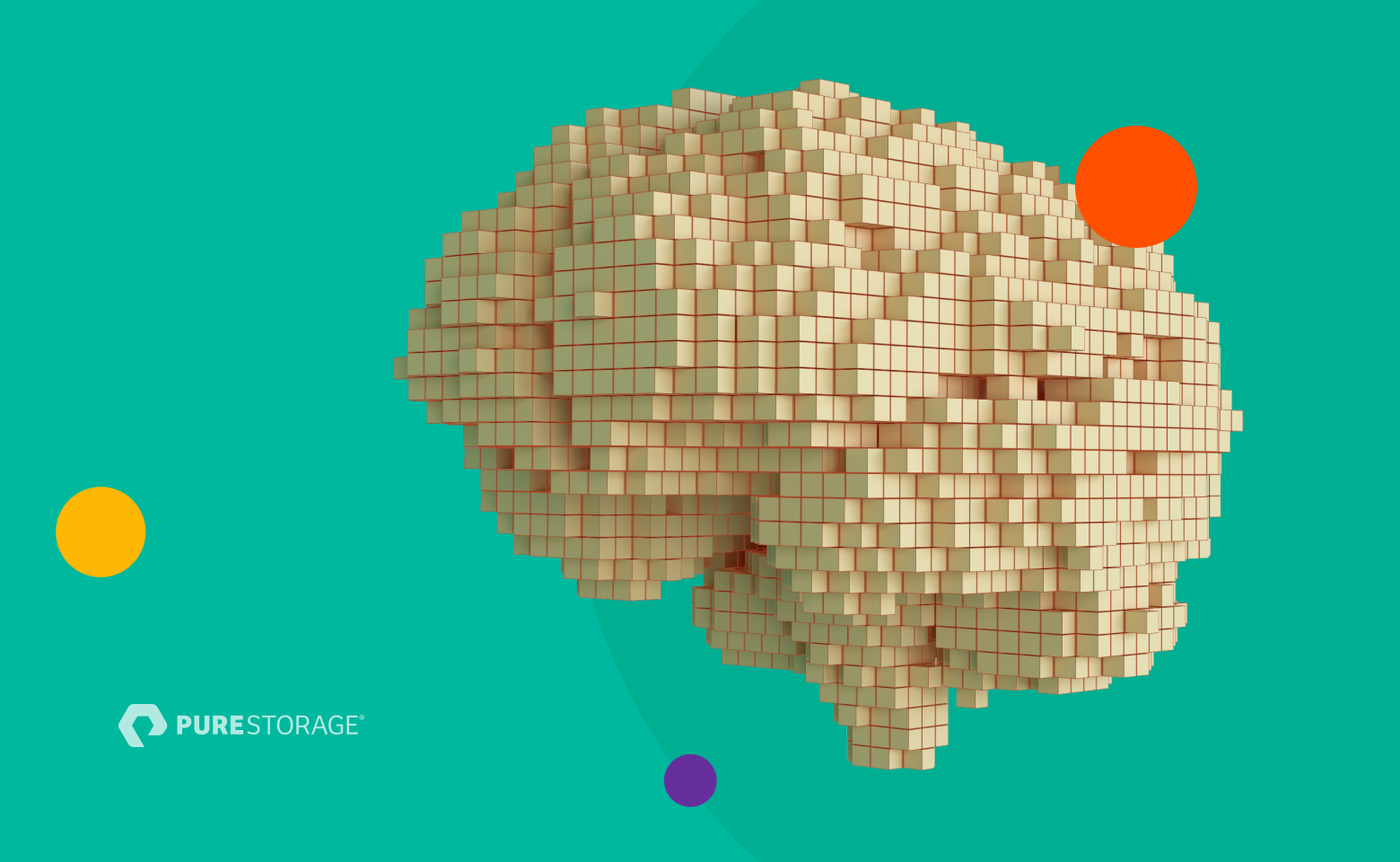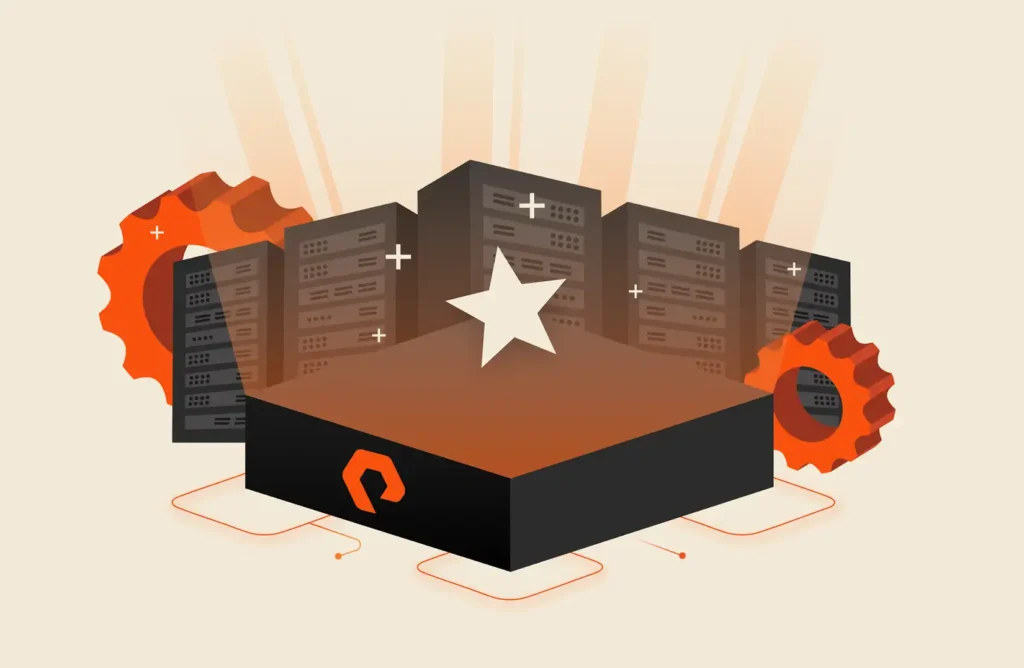Looking back, there were many things about the last year that we couldn’t predict about the pandemic’s impact—personally and professionally. We also couldn’t have guessed the extent to which people and businesses would rise to the occasion with innovative ideas.
Now that spring is here, there are hopeful signs of the “beginning of the end” of the pandemic. We’re also better able to examine the technology and industry trends that are on track to accelerate. Here’s what I see on the horizon for the coming months as we take the first steps toward a post-pandemic world.
1. Innovation Trends 101: Health Tech Goes Mainstream
We’re all impressed with the amazing speed at which scientists and researchers developed safe and effective vaccines to fight COVID-19. We see the likelihood that both public and private researchers will step up DNA sequencing. This will help them to get ahead of health challenges such as pandemics, as well as diabetes and cancer. In healthcare, imaging, genome sequencing, and drug discovery have all created an explosion of both structured and unstructured data. There’s also an opportunity to revolutionize the way we practice medicine. This work cannot and should not be held back by legacy technology that’s not up to the task.
DNA sequencing places heavy demands on data storage. As noted in the case study on the University of California-Berkeley, a single sample of a person’s DNA is about 300GB of raw data. DNA sequencing research projects can involve as many as 50,000 to 100,000 participants. Calling this “big data” doesn’t even cover it—these are off-the-charts data numbers. That’s why UC Berkeley is using FlashBlade® to scale out data storage.
2. The Cold Chain Gets Bigger and Stronger
The cold chain is a temperature-controlled supply chain. It has become critical for the distribution of most COVID-19 vaccines. As a globally distributed cold chain is built out, it will allow newer goods and services to be distributed en masse. Previously unavailable goods and services will be available to the broader population. Think more variety in food, medicines, and even faster analysis of DNA connected to crimes.
3. Remote Collaboration Will Evolve
At the moment, we can’t live without video conferencing services. They’ll look very different in the next few years. We’ll see more immersive experiences for collaborative coding and education, as well as research. And this trend is expected to go far beyond the workplace. Think about connecting remotely with customers to solve problems that don’t require in-person visits.
Organizations want to make these digital experiences better, and they’re willing to pay to get there. According to the 2021 ITDM Thought Leadership Research report from Pure Storage® and Bredin, 63% of IT decision-makers said online experiences are on their priority list for digital transformation.
The knowledge we’re gaining from enhanced digital experiences will play into how we integrate AI-driven computer vision into future collaborative tools. Cameras will be able to classify and identify objects and their attributes and react to what they “see.” We’re not too far off from having cameras be able to accurately detect emotions and understand meeting participants based on biometric cues.
Data is the lifeblood of AI systems, which requires high-performance solutions that allow for processing massive amounts of data. That data can’t analyze itself!
4. Innovation Trends 101: We’ll Have Greater Visibility into the Agriculture Supply Chain
The earliest days of the pandemic highlighted weaknesses in the agriculture supply chain worldwide. As the World Bank has reported, supply chain disruptions have caused the prices of food to increase by as much as 20%.
The “fiendishly complex” ag supply chain captures more data than ever on everything from weather to price fluctuations according to McKinsey. It’s driving more demand for data storage capacity as well as computational power and analysis.
“Agriculture 4.0,” the movement to bring big data and IoT to the industry, shows promise in improving supply chains. In Brazil, UISA was able to increase sugarcane yields by 30% through automated harvesting operations, using FlashStack®.
5. AI-Assisted Driving Will Become a Reality
This ties into the demand for greater visibility into supply chains: If efficient transportation can help improve supply chain performance, then autonomous vehicles will be part of this effort. Such technology will likely be used first in supply chains and delivery of food and goods.
Getting autonomous vehicles on the market demands new models for collecting, managing, and processing data. Data is everywhere in AI-assisted driving systems. It’s in the vehicles themselves, to the cloud, to the platforms that will drive their operation. Edge computing, where cloud resources are moved closer to where they’re needed, will become critical. Delays of just a few dozen milliseconds can seriously affect autonomous vehicles’ reliability. Not what you want when a massive truck is deciding if that upcoming left turn is safe.
6. Remote Education, a Necessity for the Year, Becomes a Better Choice
Years ago, the Khan Academy championed the idea of broader access to learning. In the early days of the pandemic, it created distance learning guides for kids and parents. We can expect organizations like Khan Academy to use what they learned during the pandemic to put remote collaboration tools and AI into more learning settings. The same goes for adults: We’ll see education tailored to individuals instead of classrooms.
7. Innovation Trends 101: Technology Will Support Sustainability Instead of Hurting It
As climate change action plans gain speed, there will be a bigger focus on carbon neutrality and sustainability at every level of an organization. IoT devices and sensors will likely have metrics for emissions that can be used to measure devices at micro levels. The push for sustainability also adds pressure to build sustainable data centers. All-flash data centers, for example, use less power and cooling and reduce carbon footprints.
A year ago, businesses had to put visions for the future on hold and focus on maintaining services and keeping the workforce safe and healthy. Now that there’s some breathing room to actually look ahead, our mindset can change to the long term. And what needs to underpin every innovation like the ones above? Plans and platforms for easily managing and interacting with data, no matter how much these innovations will generate.
Check out more innovation trends:
- Top 5 CSR and Corporate Philanthropy Trends of 2020
- Get Greater Visibility and Control of Your File Systems
- Room & Board: Modern Furniture and Modern Technology
- 2021 ITDM Thought Leadership Research report, Pure Storage and Bredin.
![]()




